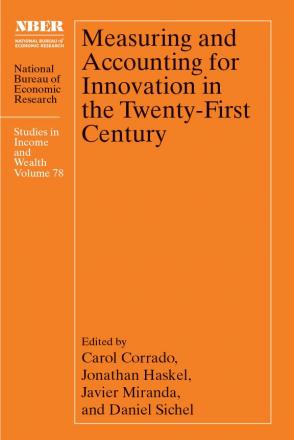Expanded GDP for Welfare Measurement in the 21st Century

The information revolution currently underway has changed the economy in ways that are hard to measure using conventional GDP procedures. The information available to consumers has increased dramatically as a result of the Internet and its applications, and new mobile communication devices have greatly increased the speed and reach of its accessibility. An individual now has an unprecedented amount of information on which to base consumption choices, and the “free” nature of the information provided means that the resulting benefits largely bypass GDP and accrue directly to consumers. This disconnect introduces a wedge between the growth in real GDP and the growth in consumer well-being, with the result that a slower rate of growth of the former does not necessarily imply a slower rate of the latter. The conceptual framework for this analysis is developed in a previous paper (Hulten and Nakamura 2017, which extended the conventional framework of GDP to include a separate technology for consumer decisions based on Lancaster 1966b, and developed the idea of Expanded GDP, or EGDP). In this paper, we use this framework to provide a detailed critique of existing GDP and price measurement procedures and summarize the existing evidence on the size of the wedge between GDP and EGDP.
-
-
Copy CitationCharles Hulten and Leonard I. Nakamura, Measuring and Accounting for Innovation in the Twenty-First Century (University of Chicago Press, 2020), chap. 1, https://www.nber.org/books-and-chapters/measuring-and-accounting-innovation-twenty-first-century/expanded-gdp-welfare-measurement-21st-century.Download Citation


